
I Want To Read:
Reports are long-form research, while TransitTools are designed for quick digestion.
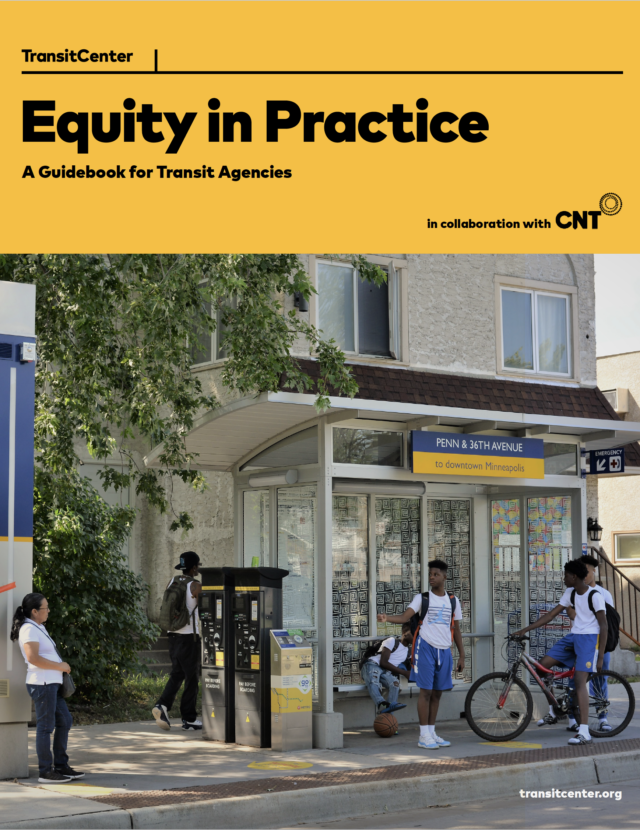 Equity in Practice: A Guidebook for Transit Agencies
Equity in Practice: A Guidebook for Transit Agencies
Transit can function as a ladder of opportunity, but it is not immune to the racism and classism embedded in American life. To address these inequities, transit agencies must look within. In this report, TransitCenter and the Center for Neighborhood Technology examine the internal structures and practices of transit agencies, and how they can be reformed to deliver better outcomes for the people with the most at stake in transit.
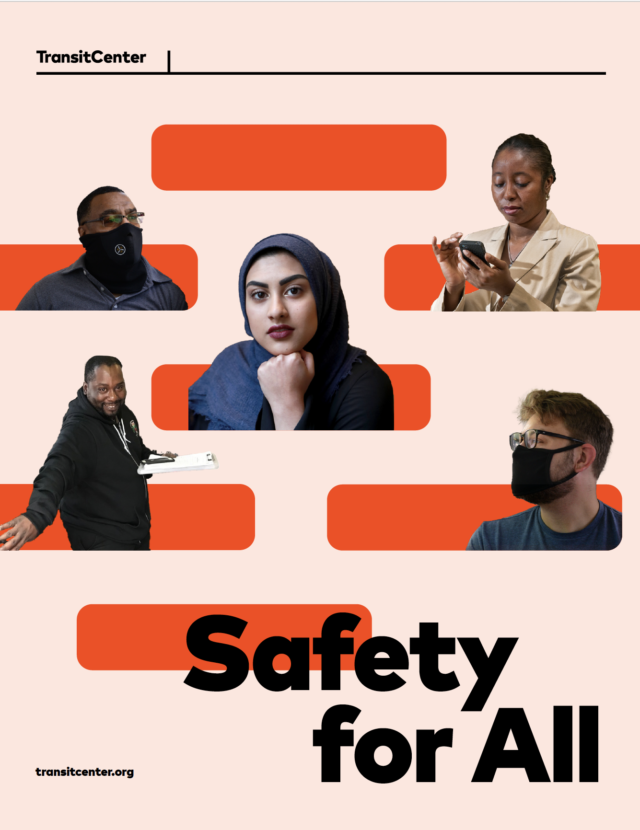 Safety For All
Safety For All
“Safety For All" chronicles how agencies like BART in San Francisco, TriMet in Portland, and SEPTA in Philadelphia are addressing safety concerns by hiring unarmed personnel, developing high profile anti-harassment campaigns, and better connecting vulnerable riders to housing and mental health services. These interventions also allow transit police to spend less time on “quality of life” offenses and focus more attention on the core mission of deterring violence.
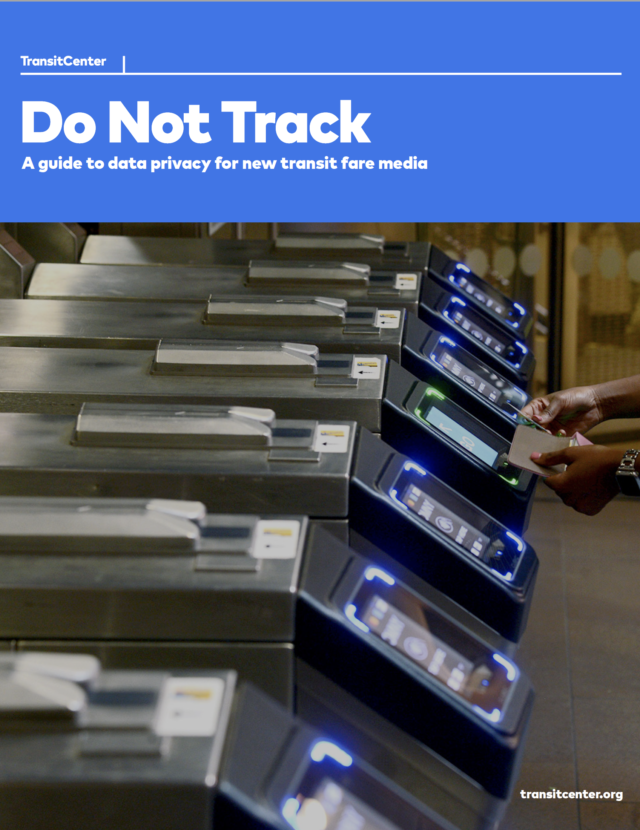 Do Not Track: A Guide to Data Privacy For New Transit Fare Media
Do Not Track: A Guide to Data Privacy For New Transit Fare Media
Transit agencies around the country are adopting a new generation of fare payment systems. Agencies including…
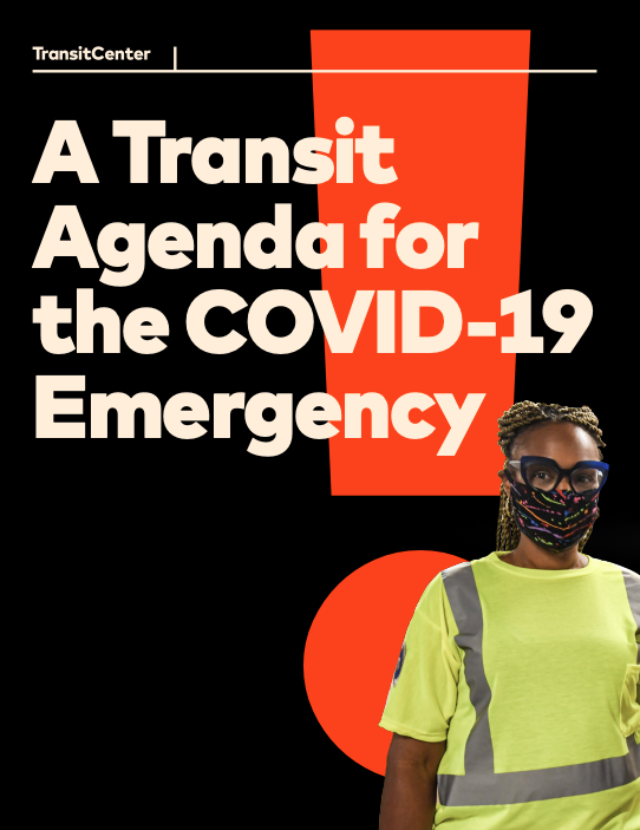 A Transit Agenda for the COVID-19 Emergency
A Transit Agenda for the COVID-19 Emergency
Drawing on interviews with public health experts and transit agency officials, as well as a survey of more than 2,000 residents in major American cities, this brief summarizes current epidemiological knowledge about COVID-19 and transit, and explores what city dwellers think about getting back on board. This research informs recommendations to make transit service safe, effective, and appealing.
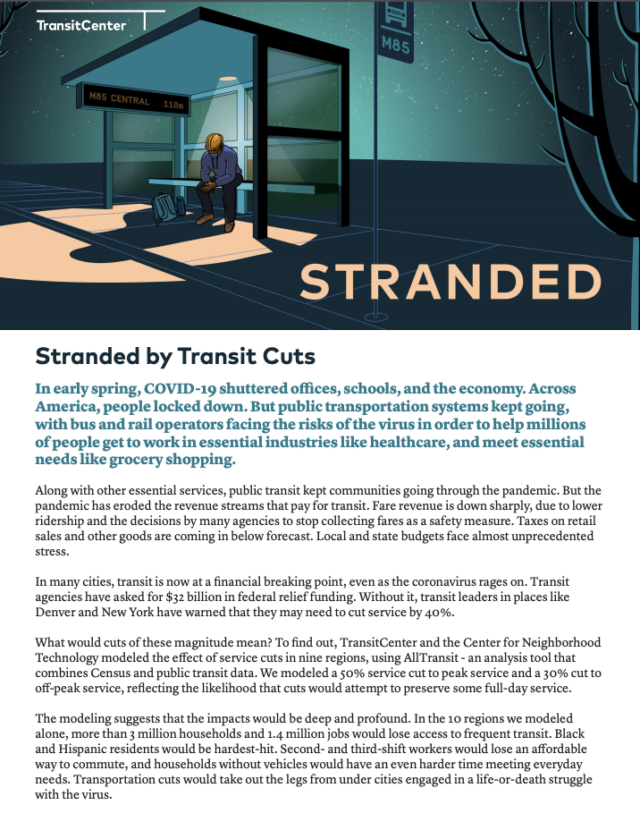 Stranded
Stranded
Millions of people across the country are at risk of losing access to good transit as the COVID pandemic grinds on and imposes an unprecedented fiscal crisis on the nation’s transit agencies. Without more emergency aid, transit leaders in cities like New York and Denver are warning of 40% service cuts. What would cuts of this magnitude mean for riders? To find out, TransitCenter and the Center for Neighborhood Technology (CNT) estimated the effect of service cuts in 10 regions - Chicago, Atlanta, Boston, Denver, Miami, Cincinnati, New York, Philadelphia, Seattle, and Los Angeles.
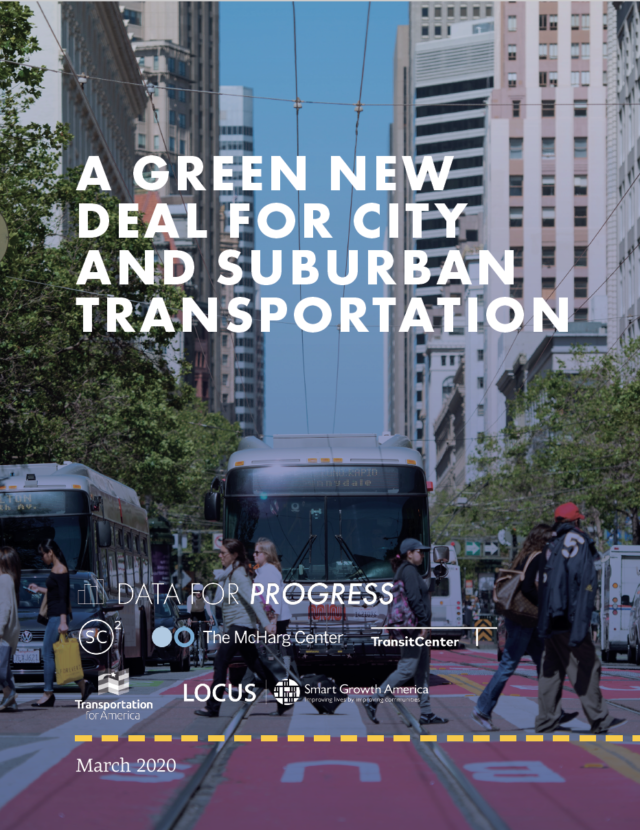 A Green New Deal for City and Suburban Transportation
A Green New Deal for City and Suburban Transportation
A Green New Deal for City and Suburban Transportation lays out federal policy recommendations for reducing emissions from the transportation sector in cities and suburbs while making communities healthier, more equitable, and prosperous.
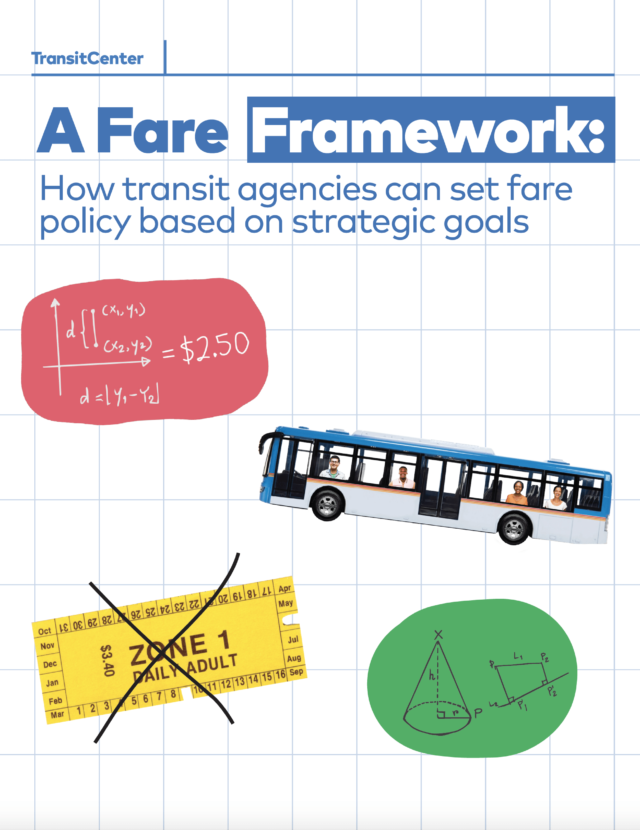 A Fare Framework:
A Fare Framework:
Agencies with strategic fare policies produce a better experience for riders, making transit more affordable, accessible, and convenient to use.
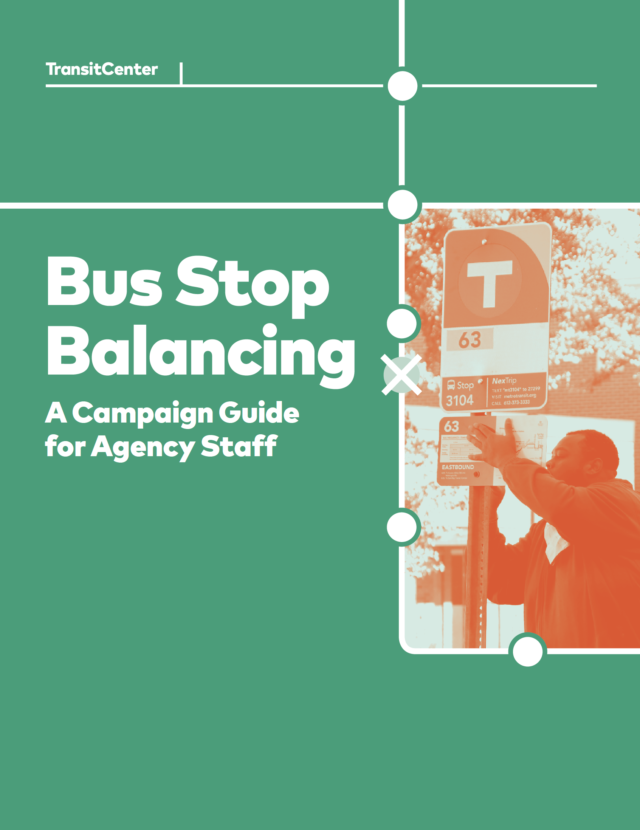 Bus Stop Balancing
Bus Stop Balancing
One of the simplest and most cost-effective ways to speed up bus trips is by extending the average distance between bus stops, otherwise known as bus stop balancing.
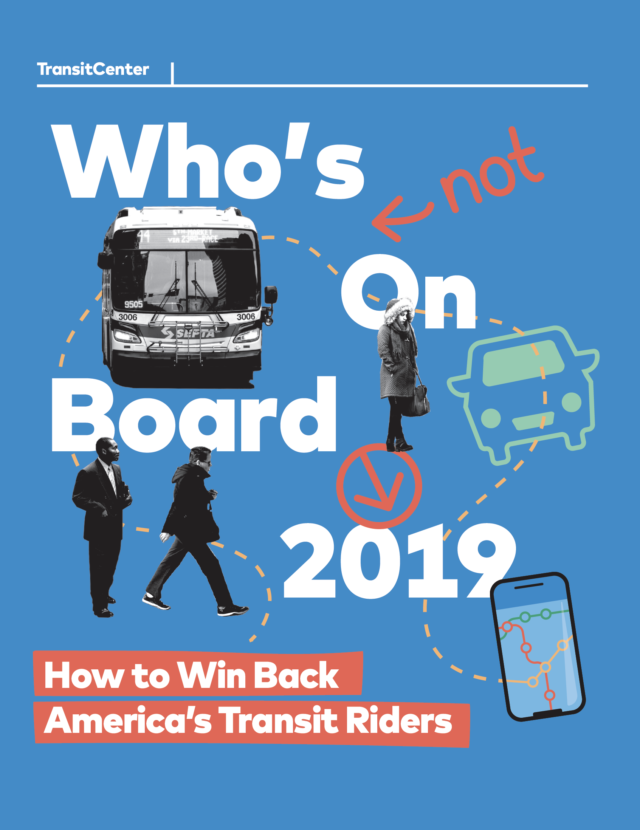 Who’s on Board 2019
Who’s on Board 2019
This report draws on results from focus groups and a survey of 1,700 transit riders in…